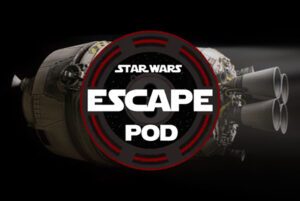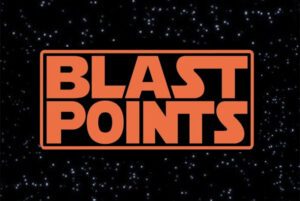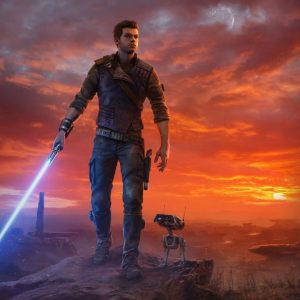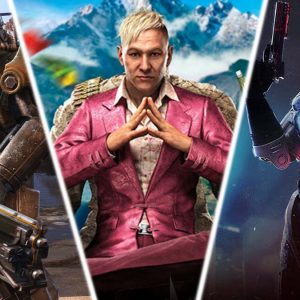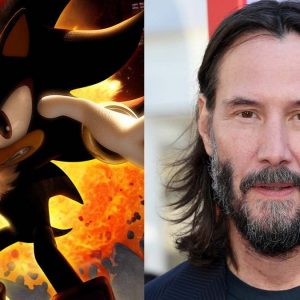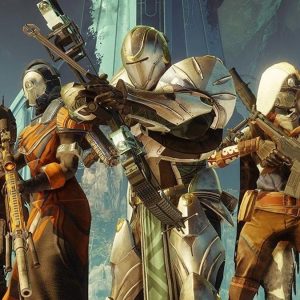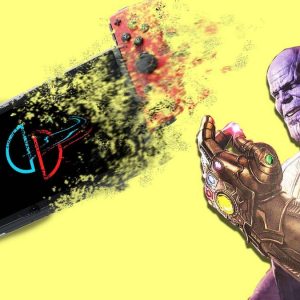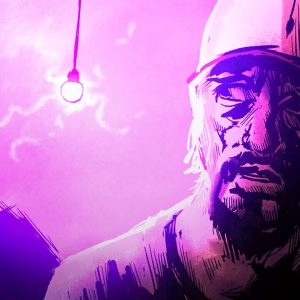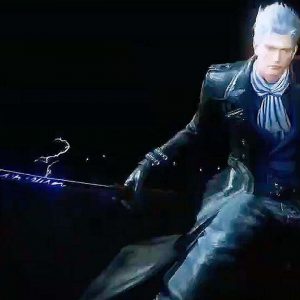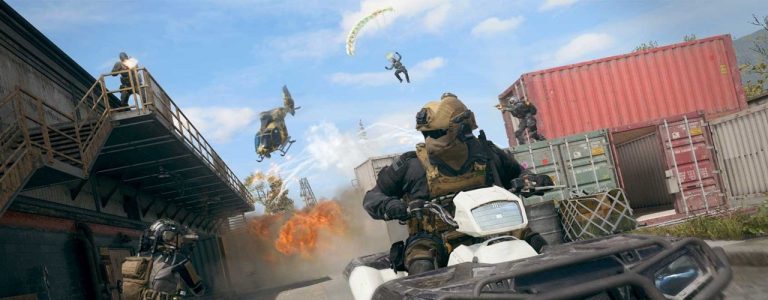[ad_1]
Sony’s State of Play showcases are improving thanks to some key changes
PlayStation’s second State of Play showcase came just six weeks after Sony introduced the format with a presentation that received decidedly mixed-to-negative reception. But that quick turnaround between episodes, combined with what Sony showcased this time around, show that Sony knew it needed to make some changes There’s still work to be done, but this second outing undoubtedly improved upon the first and proved Sony is listening to fan feedback, paving the way for a lot of potential in future State of Plays.
Though the first State of Play highlighted a lot of games, fans knocked it for various reasons. Its focus on PlayStation VR titles, no matter how great some of them looked — including the already released Falcon Age and the upcoming Marvel’s Iron Man VR — only spoke to a specific, small pool in among the 90+ million PS4 users. (While the holidays had plenty of PSVR sales, there absolutely should have been one announced at the end of that State of Play to make any potential buyers more likely to pick one up.)
The first State of Play largely left it up to smaller, third-party games launching in the coming months to take up the marquee mantle of the showcase, with Mortal Kombat 11 getting the final slot. It otherwise lacked a slate of major first-party-developed titles, and even though Sony spotlighted Concrete Genie, anticipation for it, of course, pales in comparison to The Last of Us Part II or Ghost of Tsushima.
Now, it’s worth noting Sony skipped E3 this year, and PSX last year, because those larger games aren’t yet ready to be shown. But, the first State of Play needed to make a big splash with something high profile to make it feel relevant, and it didn’t.
This second State of Play, got so much closer, even if it has a ways to go to make it compulsory viewing for the majority of PS4 owners. Right off the bat, Sony’s initial announcement tempered expectations a bit better than the first’s did, noting there’d be no next-gen/PS5 talk, and making sure we knew it would be short.
But then, actually opening with a look at Monster Hunter World’s Iceborne expansion, coming off the incredible sales success of Monster Hunter World, provided an exciting start. But ending with the massively anticipated re-reveal of Final Fantasy 7 Remake really made us sit up and pay attention. This was the kind of content we’d come to expect, after years of Nintendo Direct’s conditioned us to off-cycle announcements or highlights of major games.
The pacing in between these two also helped. While the games shown off in between Monster Hunter and Final Fantasy were smaller in profile, showing them off in quick succession without lingering on anything for too long was the right approach. Future State of Plays do need to strike a better balance of major, minor, and mid-tier releases, something Nintendo Direct’s have pretty consistently nailed in the Nintendo Switch era.
My biggest concern right now with State of Play is the lack of truly PlayStation-specific content they’re highlighting. It’s not like there’s nothing to show: there are lingering major titles waiting in the wings, smaller first-party games that could always use a bit more press, and new PSVR bundles.
But this second State of Play definitely showed PlayStation cares about making these showcases more significant and provided something big to the audience who will continue to tune into them this year and beyond. But these showcases are PlayStation State of Play reveals, and there needs to be more of that DNA if Sony truly wants to create a platform to highlight what makes playing on PlayStation so great.
Jonathon Dornbush is IGN’s News editor, PlayStation lead, and Beyond! host. Talk to him on Twitter @jmdornbush.
[ad_2]
Source link
